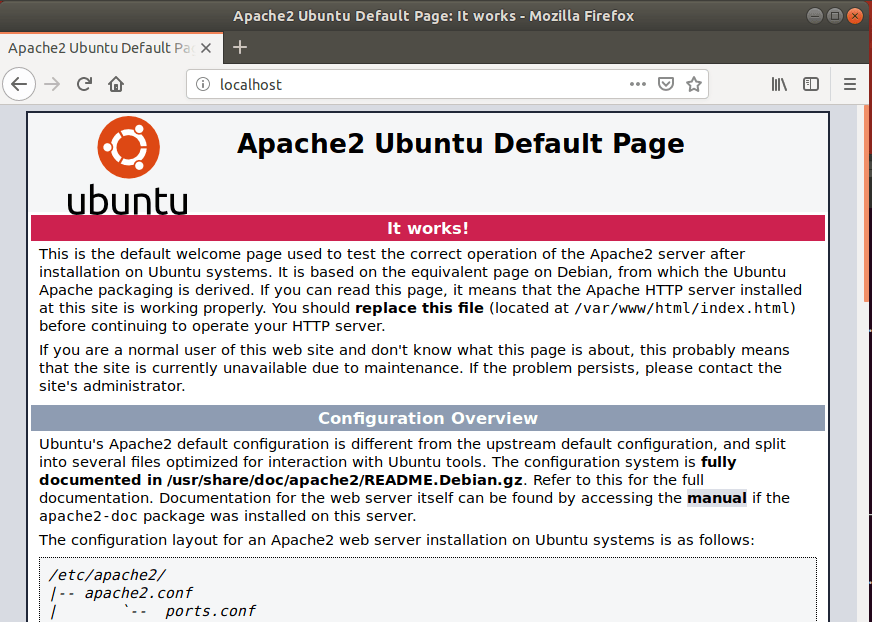For the uninitiated, Symfony is a free, open-source, reusable PHP components and framework that help speed up the creation and maintenance of your PHP web and API applications. If you are looking for a solution to develop and maintain your PHP application with ease and don’t want to fiddle with repetitive coding tasks, then Symfony is a great place to start. It comes with support for more than 50 stand-alone components available for your applications. This PHP framework is designed for ease of use to allow webmasters to collaborate and automate engaging experiences with users across multiple devices, including mobile. For more about Symfony, please check their Homepage To get started with installing the Symfony framework, follow the steps below:
Install Apache2 HTTP Server
Symfony framework works as a web server and Apache2 HTTP server is the most popular open-source web server available today. To install and use Apache2 with Symfony, run the commands below: After installing Apache2, the commands below can be used to stop, start and enable the Apache2 service to always start up with the server boots. Now that Apache2 is installed. to test whether the web server is working, open your browser and browse to the URL below. If you see the page above, then Apache2 is successfully installed.
Install PHP 7.2 and Related Modules
Symfony is a PHP-based framework and PHP is required. However, PHP 7.2 may not be available in Ubuntu’s default repositories. To run PHP 7.2 on Ubuntu 16.04 and previous, you may need to run the commands below: Then update and upgrade to PHP 7.2 Next, run the commands below to install PHP 7.2 and related modules. After installing PHP 7.2, run the commands below to open the PHP default configuration file for Apache2. The lines below are a good setting for most PHP-based CMS. Update the configuration file with these and save. Every time you make changes to the PHP configuration file, you should also restart the Apache2 web server. To do so, run the commands below: Now that PHP is installed, to test whether it’s functioning, create a test file called phpinfo.php in the Apache2 default root directory. ( /var/www/html/) Then type the content below and save the file. Next, open your browser and browse to the server’s hostname or IP address followed by phpinfo.php You should see the PHP default test page.
Download Symfony Latest Release
To get Symfony latest release you may want to use Composer. Composer allows you to download and manage packages and their dependencies easily. To install Composer on Ubuntu, run the commands below: After installing Composer above, change the Apache2 home directory and download Symfony packages into a new project folder called symfony5. Then run the commands below to set the correct permissions for the Symfony root directory and give Apache2 control.
Configure Apache
Finally, configure the Apahce2 site configuration file for Symfony. This file will control how users access Symfony content. Run the commands below to create a new configuration file called symfony.conf Then copy and paste the content below into the file and save it. Replace the highlighted line with your domain name and directory root location. Save the file and exit.
Enable the Symfony
After configuring the VirtualHost above, enable it by running the commands below Then open your browser and browse to the server domain name or server IP address of the host. You should then see Symfony 5 homepage. Symfony 5 framework application is now ready and you can start working on it. Conclusion: This post shows you how to install Symfony 5 framework on Ubuntu 18.04 | 16.04. If you find any error above, please use the comment form below to report it. You may also like the post below:



